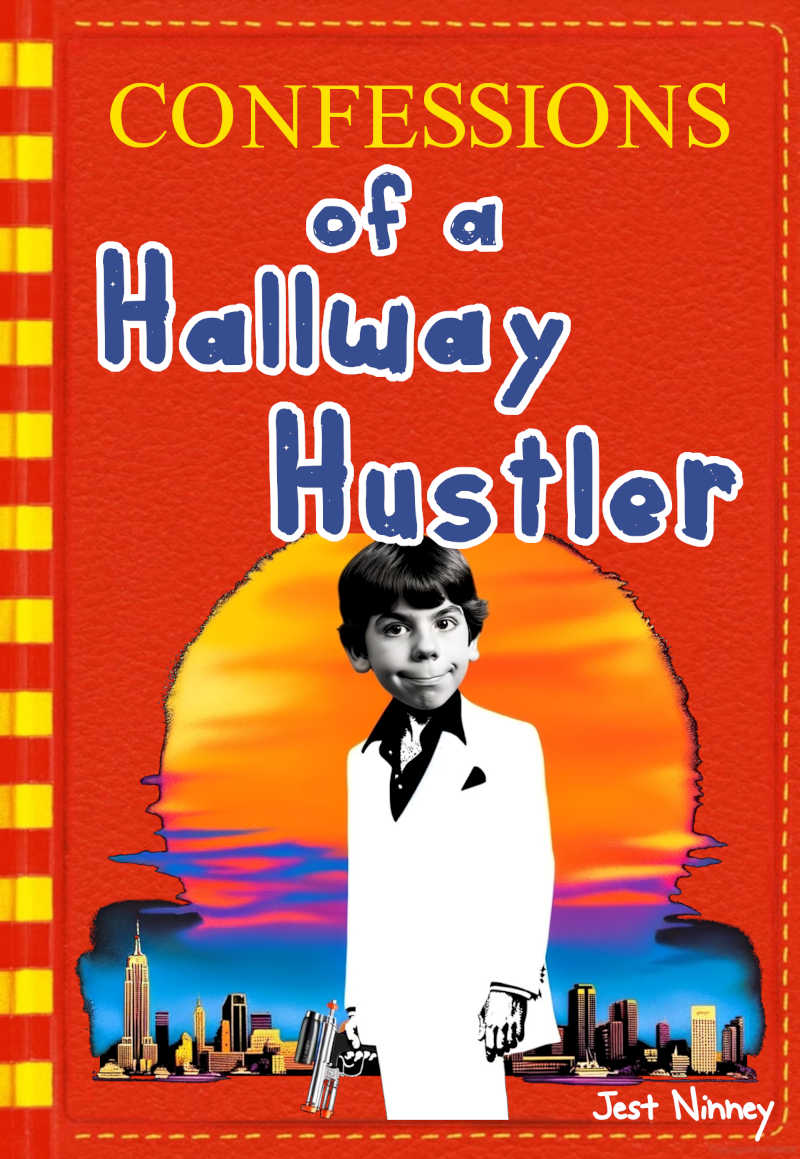Introduction
The realms of comedy and parody have been intertwined for centuries, each borrowing from and enhancing the other. While both aim to entertain and amuse, their methods, intentions, and impacts can differ significantly. This article offers an in-depth exploration of the relationship between comedy and parody, tracing their historical roots, examining their characteristics, and highlighting their cultural significance.
Definitions
- Comedy: A broad genre of entertainment designed to evoke laughter and amusement in the audience. It encompasses a wide range of mediums, styles, and techniques, from physical slapstick to witty wordplay.
- Parody: A form of comedic expression that imitates and exaggerates another work, style, or genre to produce a humorous effect. Parody often serves as both homage and critique, highlighting the peculiarities or flaws of its subject.
Historical Context
Ancient civilizations, including the Greeks and Romans, laid the groundwork for both comedy and parody. Greek dramatists like Aristophanes combined political satire with comedic elements, while Roman festivals often featured theatrical parodies of well-known myths.
The Renaissance period saw the rise of comedic plays, with Shakespeare infusing parody into his works, subtly mocking the conventions of his time. As literature, theater, and later, film and television evolved, so did the expressions of comedy and parody.
The Symbiotic Relationship
- Shared Goals: Both comedy and parody aim to entertain. However, while comedy often seeks to find humor in universal human experiences, parody specifically targets recognizable cultural products, figures, or genres.
- Techniques and Tools: Comedy employs a vast array of tools, from timing and delivery to physical humor. Parody, being a subset of comedy, uses these tools but emphasizes imitation and exaggeration.
- Reflection of Society: Comedy and parody serve as societal mirrors. Comedy reflects general human behaviors, while parody offers a more focused critique of specific cultural elements.
Comedy and Parody in Literature
Literature has long been a platform for both comedy and parody. Authors like Jonathan Swift, Mark Twain, and Jane Austen have used comedic elements to comment on societal norms. Parodic literature, such as “Don Quixote” by Cervantes, offers a humorous critique of chivalric romances.
The Rise of Media and Parodic Comedy
With the advent of film, television, and later, digital media, parody found new avenues of expression. Shows like “Monty Python’s Flying Circus” and “The Simpsons” blend comedy with parodic elements, offering humorous takes on various genres and cultural phenomena.
Significance in Social and Political Commentary
Parody, with its roots in comedic critique, has been a potent tool for political and social commentary. From editorial cartoons to late-night talk shows, parody provides a lens through which society can view and critique itself, often making complex or controversial topics more accessible.
Challenges and Controversies
- Misunderstandings: The nuanced nature of parody means it can sometimes be misunderstood, leading to controversies or misinterpretations.
- Offense and Sensitivity: Comedy and parody can sometimes offend, especially when they touch on sensitive topics or cultural touchstones.
- Legal Implications: Parodies, especially in media, can face copyright challenges, leading to legal battles over the right to imitate or critique.
Digital Age Evolution
The internet has democratized comedy and parody. Platforms like YouTube, TikTok, and Twitter allow users to create and share parodic content instantly. This has led to a surge in comedic content, with varying degrees of quality, sensitivity, and impact.
Conclusion
Comedy and parody, while distinct, share a deep and intricate relationship. They reflect and critique society, offering insights wrapped in laughter. As culture and society continue to evolve, so too will the expressions of comedy and parody, ensuring they remain relevant and impactful.

